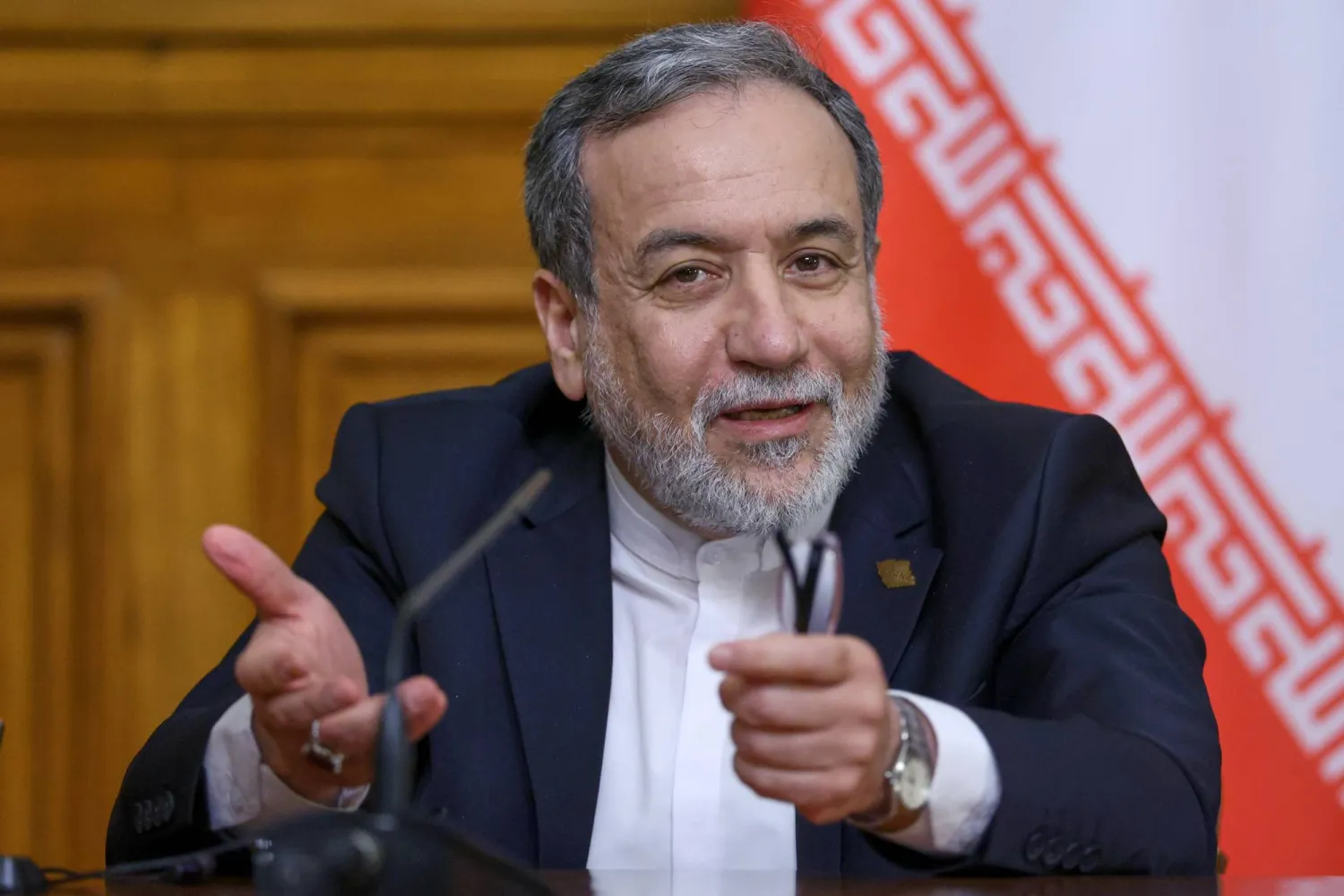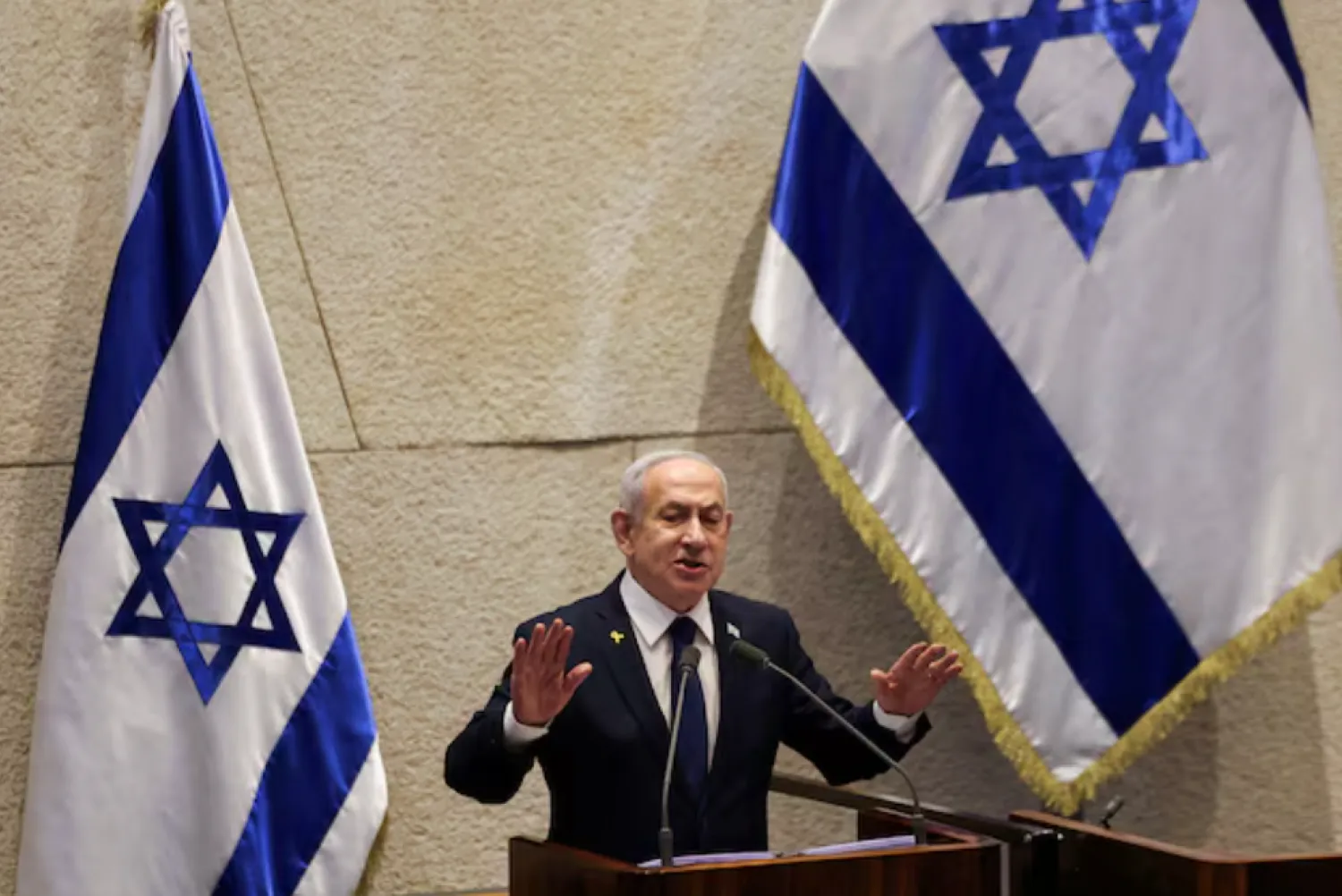The US faces the prospect of a serious escalation in tensions with Iran after Tehran's announcement that it intends to build a new military base in the Indian Ocean by the end of the year, the Gatestone Institute has reported.
The Iranian announcement, moreover, comes at a time when Tehran is on the point of signing a $400 billion trade deal with China, which will include closer military cooperation between the two countries in the region in an attempt to counter Washington's traditional dominance, wrote the think tank’s Senior Fellow Con Coughlin.
Under the terms of the deal, details of which have been published in the New York Times, Iran could receive as much as $400 billion in Chinese investment over the next quarter of a century.
The agreement, which could be signed by March, also encompasses closer military cooperation between the two countries, including weapons development, combined training and intelligence sharing in order to combat "the lopsided battle with terrorism, drug and human trafficking and cross-border crimes."
Such cooperation could lead to China and India forming an alliance to bolster their presence in the Indian Ocean, which represents a challenge to Washington and threatens Middle East security.
Iran has so far given no indication as to where it intends to build its new base. At present Chabahar port, which is used, among other activities, for shipping goods to Afghanistan, is the nearest base Iran has to the Indian Ocean, Coughlin wrote.
As part of the deal negotiated with Beijing, China is to be allowed access to a number of Iranian ports, including Chabahar, with the Chinese reported to be planning to build a new military base in the vicinity of the port, he said.
The construction of such a base would enable the Chinese Navy to monitor the activities of the US Navy in the area, in particular the US Navy's Fifth Fleet, which is deployed to protect shipping passing through the Strait of Hormuz.
Any expansion in Iranian and Chinese military activity in the region would also have an impact on the jointly-administered US-UK base on the island of Diego Garcia, one of the Pentagon's most important military assets in the region.
Earlier this year Washington dispatched a fleet of B-52 bombers to Diego Garcia following the sharp rise in tensions with Tehran in the wake of the assassination of Iran’s Quds Force commander Qassem Soleimani.
The prospect of a new Iran-China military alliance taking shape in the Indian Ocean is certainly a development that will be taken with the utmost seriousness by the American military, which is already concerned about Iran's attempts to spread its influence throughout the region.
US Marine Corps General Kenneth McKenzie, the commander of US Central Command, warned in a recent interview that Iran posed the greatest threat to regional security and stability.
Any future military alliance between Tehran and Beijing would only strengthen Iran's determination to expand their malign activities in the region, thereby raising the prospect of a further escalation of tensions with the US and its allies, wrote Coughlin.









